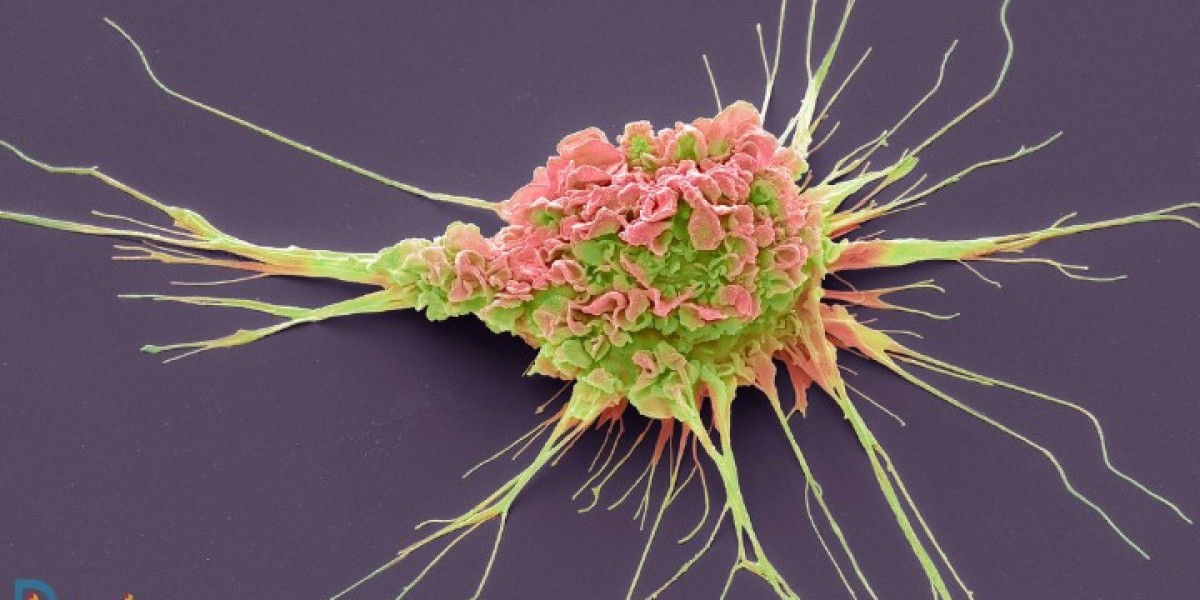1. Advanced Imaging Techniques
Recent advancements in imaging technologies have significantly improved the detection and characterization of breast tumors:
Magnetic Resonance Imaging (MRI): High-resolution MRIs can provide detailed images of breast tissue, helping to identify tumors that may not be visible on mammograms. MRI is particularly useful in evaluating the extent of disease and guiding surgical decisions.
Contrast-Enhanced Mammography: This technique combines traditional mammography with contrast agents, improving the visualization of tumors and potentially leading to earlier detection of HR+/HER2- breast cancer.
Positron Emission Tomography (PET) Scans: PET scans, particularly when combined with CT imaging (PET/CT), are becoming increasingly useful in staging breast cancer and assessing response to treatment. They provide metabolic information that can help distinguish between active tumors and scar tissue.
2. Liquid Biopsies
Liquid biopsy is an innovative technology that allows for the non-invasive analysis of circulating tumor cells (CTCs) or circulating tumor DNA (ctDNA) from a patient’s blood sample:
Monitoring Treatment Response: Liquid biopsies can be used to assess how well a patient is responding to hormone therapy or other treatments, allowing for real-time monitoring of disease progression.
Detecting Resistance Mechanisms: By analyzing genetic mutations present in ctDNA, clinicians can identify potential resistance mechanisms to therapies, enabling more personalized treatment adjustments.
3. Genomic and Molecular Profiling
Advances in genomic profiling are enhancing the understanding of breast cancer biology and enabling tailored treatment approaches:
Next-Generation Sequencing (NGS): NGS technologies allow for comprehensive analysis of a tumor’s genetic makeup, identifying mutations, copy number variations, and other genomic alterations. This information can guide targeted therapies and inform prognosis.
Molecular Subtyping: Improved molecular subtyping techniques help classify HR+/HER2- breast cancer into distinct categories based on gene expression patterns. This classification can predict treatment responses and inform decisions about the use of therapies like CDK4/6 inhibitors or hormonal agents.
4. Artificial Intelligence (AI) and Machine Learning
AI and machine learning are increasingly being integrated into breast cancer diagnosis and treatment:
Radiology: AI algorithms are being developed to analyze mammograms and other imaging modalities, improving detection rates and reducing false positives. These tools can assist radiologists in identifying tumors that may be overlooked during manual assessments.
Predictive Modeling: Machine learning models are being trained to predict patient outcomes based on various factors, including genomic data, treatment history, and demographic information. This predictive capability can enhance clinical decision-making and personalize treatment plans.
5. Targeted Therapy Innovations
Emerging targeted therapies are being developed to improve treatment outcomes for HR+/HER2- breast cancer patients:
New Hormonal Agents: Research is underway to develop next-generation hormone therapies that can overcome resistance mechanisms in HR+/HER2- tumors, potentially improving efficacy in patients with advanced disease.
Combination Therapies: Innovative combinations of existing therapies, such as combining immunotherapy with hormone therapy, are being explored to enhance the immune response and improve treatment efficacy.
6. Immunotherapy Approaches
While immunotherapy has primarily focused on HER2-positive and triple-negative breast cancers, emerging research is exploring its potential role in HR+/HER2- breast cancer:
Checkpoint Inhibitors: Studies are investigating the use of immune checkpoint inhibitors in conjunction with hormonal therapies to enhance immune responses in HR+/HER2- tumors. While still in the early phases, these approaches may offer new treatment options for patients.
Conclusion
Emerging technologies are poised to significantly impact the detection and treatment of HR+/HER2- breast cancer, leading to more accurate diagnoses, personalized treatment strategies, and improved patient outcomes. As these innovations continue to evolve, they hold the potential to transform the landscape of breast cancer care, offering hope and new possibilities for patients navigating their diagnosis and treatment journey. Staying informed about these advancements is crucial for both patients and healthcare providers in order to leverage the benefits of cutting-edge technologies in managing HR+/HER2- breast cancer effectively.







